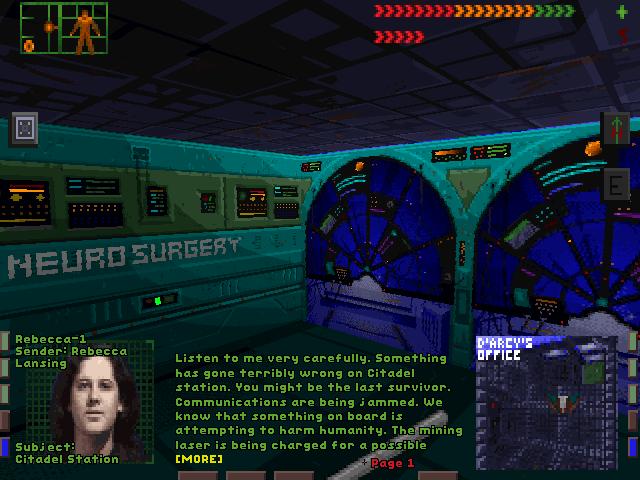

Repeat these steps until your blood glucose is at least 70 mg/dL. If it’s still below 70 mg/dL, have another serving. The 15-15 rule-have 15 grams of carbohydrate to raise your blood glucose and check it after 15 minutes.

If blood glucose stays low for too long, starving the brain of glucose, it may lead to seizures, coma, and very rarely death. This can lead to blurred vision, difficulty concentrating, confused thinking, slurred speech, numbness, and drowsiness.

If the blood sugar glucose continues to drop, the brain does not get enough glucose and stops functioning as it should. Epinephrine is what can cause the symptoms of hypoglycemia such as thumping heart, sweating, tingling, and anxiety. If you are experiencing symptoms and you are unable to check your blood glucose for any reason, treat the hypoglycemia.Ī low blood glucose level triggers the release of epinephrine (adrenaline), the “fight-or-flight” hormone. The only sure way to know whether you are experiencing low blood glucose is to check your blood glucose levels, if possible.
Tingling or numbness in the lips, tongue, or cheeks. From milder, more common indicators to most severe, signs and symptoms of low blood glucose include: Taking time to write these symptoms down may help you learn your own symptoms of when your blood glucose is low. Learn your own signs and symptoms of when your blood glucose is low. Signs and symptoms of low blood glucose (happen quickly)Įach person's reaction to low blood glucose is different. Low blood glucose may also be referred to as an insulin reaction, or insulin shock. However, talk to your diabetes care team about your own blood glucose targets, and what level is too low for you. This is usually when your blood glucose is less than 70 mg/dL. Low blood glucose is when your blood glucose levels have fallen low enough that you need to take action to bring them back to your target range. But if it goes below the healthy range and is not treated, it can get dangerous. If it varies within a certain range, you probably won’t be able to tell. Throughout the day, depending on multiple factors, blood glucose (also called blood sugar) levels will vary-up or down.







 0 kommentar(er)
0 kommentar(er)
